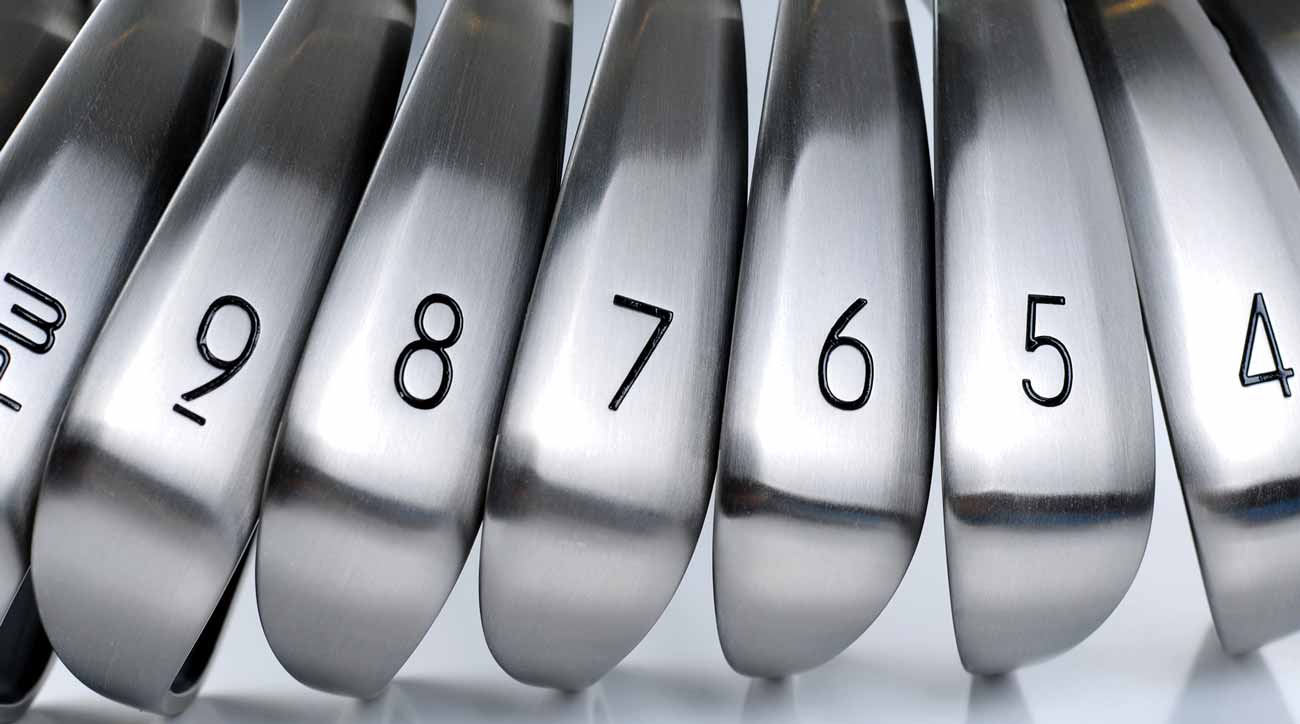Welcome to GOLF’s new series “Firsthand with a Fitter,” where we dive into some of the most common issues golfers struggle with on the course, and how properly fit equipment can help address those issues and make the game easier.
When it comes to picking the right clubs for your bag and creating the proper set composition from driver to putter, there are many options depending on your clubhead speed. You have fairway woods, utility woods, hybrids, driving irons and long irons, and that’s before we even get to wedge options. The best way to know for sure what’s best for you is to see a fitter and work on a launch monitor to determine your exact needs, but if you have limited access we’re here to help with some advice.
Know what you need
When looking at the clubs in your set, it’s important to determine what their role is. They can generally be broken down into two categories: driving clubs and approach clubs. Driving clubs maximize distance and often fly lower since the goal is to get extra roll. Approach clubs, on the other hand, are intended to fly a specific distance and have the ability to stop quicker with a higher descent angle — which is something we covered in-depth in a previous installment of this series: How to stop your irons faster.
Another point to understand when it comes to picking clubs is the faster your clubhead speed the easier time you will have launching the ball and creating spin — just like a plane taking off, the faster the ball is traveling the more lift it generates. As the video below demonstrates, clubs with shallower profiles, like fairway woods, launch higher and with more spin.
For faster players, the world is your oyster. That’s because of simple physics — it’s much easier to make up come down than it is to make down go up. One of the best examples of this principle from the PGA Tour is Tommy Fleetwood, because although his speed and ball striking are world-class, he chooses to play a 9-wood to help with longer shots.
For players on the lower end of the speed spectrum, don’t worry: There are still plenty of options, and this is where a proper club-fitting and technology can help you properly gap your bag, and have a club for every shot.
“With the number of options and technology packed into modern fairway woods and hybrids, it’s easier than ever to select clubs that are going to fit any gap in your bag,” says Kris McCormack, VP of tour and education at True Spec Golf, which is an affiliate of GOLF.com. “Almost every company on the market offers their fairway woods up to 7-wood, and there are even more 9- and even 11-wood options to help those with moderate swing speeds find reasonable gapping through the set. If the best players in the world are finding 7-woods beneficial, there is no reason to not make a higher lofted fairway wood part of your set.”
How equipment can help
The most important thing from a fitting perspective is to help a player get the most from their clubhead and ball speed. Although skills like putting and chipping can be great one day and not so much the next, clubhead speed is a constant for more players so set makeup is key.
For players on the lower end of swing speed, you need to ditch those long irons and look toward options with a wider sole and longer shafts like fairway woods. Longer and lighter shafts can help generate extra clubhead speed, while the wider soles and deeper center of gravity get the ball in the air faster and traveling farther! The idea that a “proper” set of clubs only goes driver, 3-wood, 5-wood has long passed so make sure to optimize all the way down to your longest iron to help you see optimized distance gaps between clubs.
“Just like modern fairway woods, hybrids have come a long way in helping golfers get the most from their clubhead speed,” McCormack says. “If you’re a moderate swing speed golfer who finds it difficult to see distance separation into your mid-irons there are hybrid options that can help create proper gapping up to higher lofted fairway woods to complete your set.”
Ball fittings matter, too!
One last piece of advice and it’s something we can’t talk about enough: your golf ball is as a piece of equipment designed to maximize potential through your bag. It’s the only piece of equipment used for every shot, and making sure it’s optimized for driving and approach play is critical for distance and shot-stopping control.
Looking to work firsthand with your own club-fitting expert to dial in your equipment and play better golf? Book a fitting with the industry experts at GOLF’s affiliate True Spec Golf. With more than 30 locations, it’s easy to find a location near you.
Also, for more on the latest gear news and information, check out our latest Fully Equipped podcast below!
